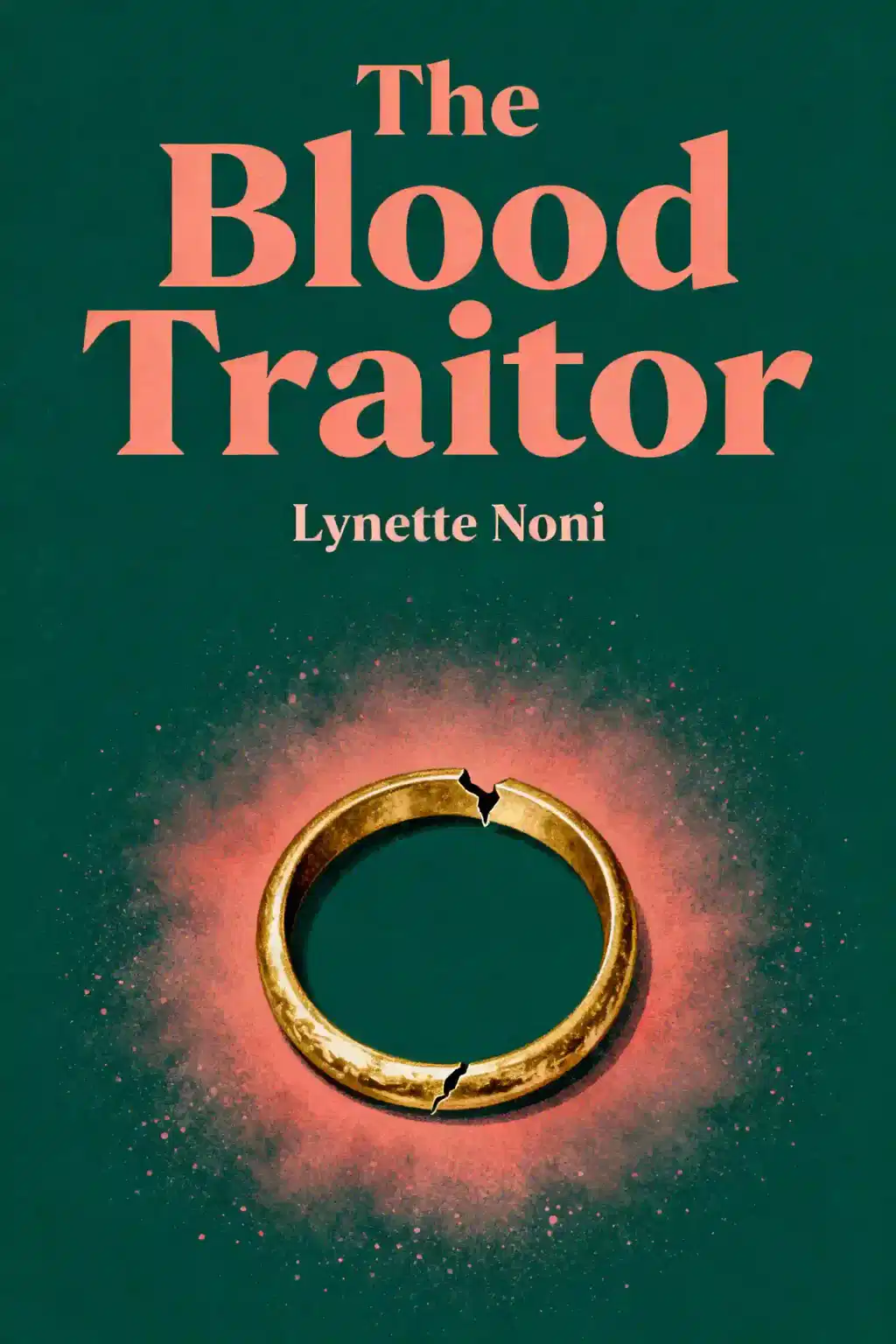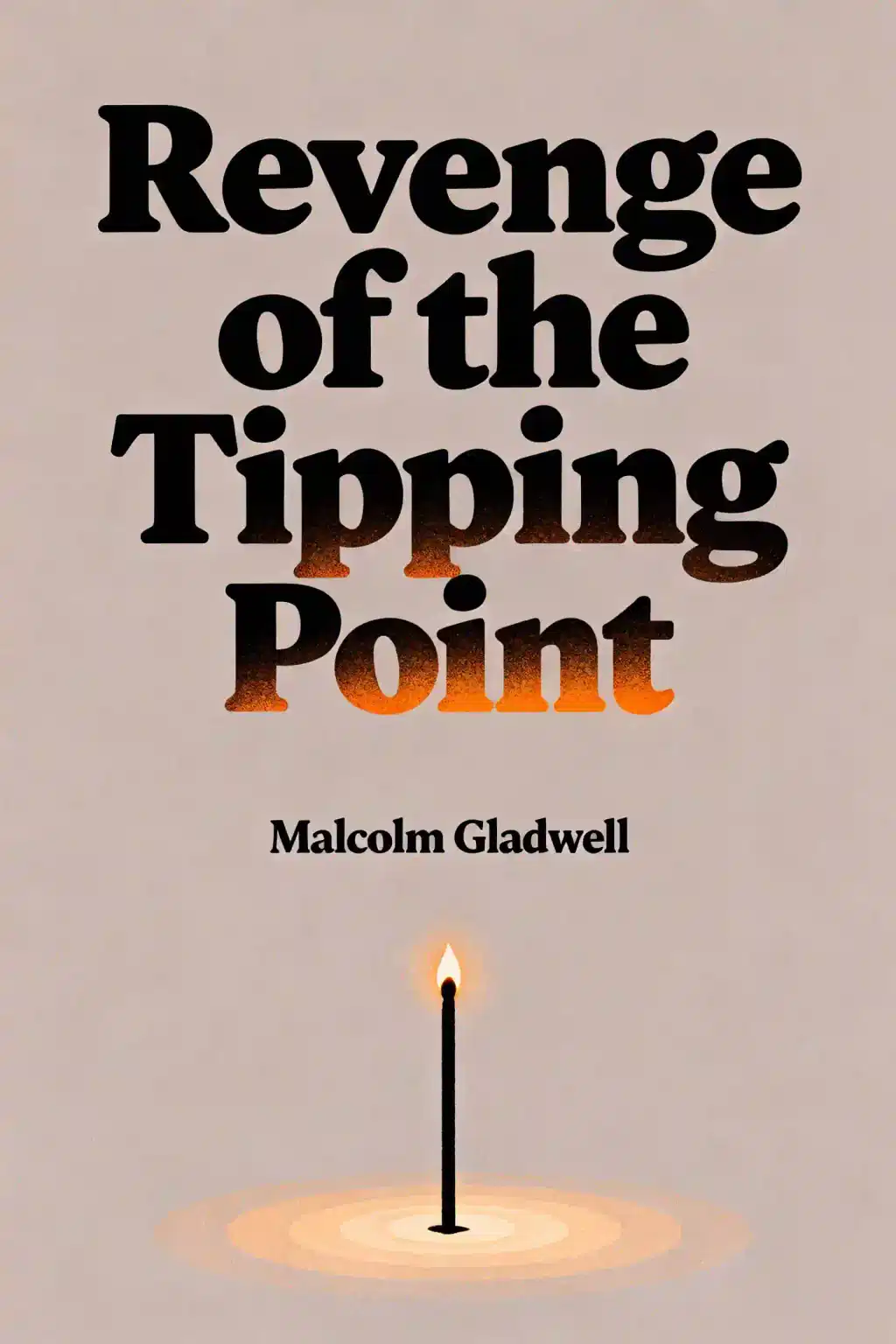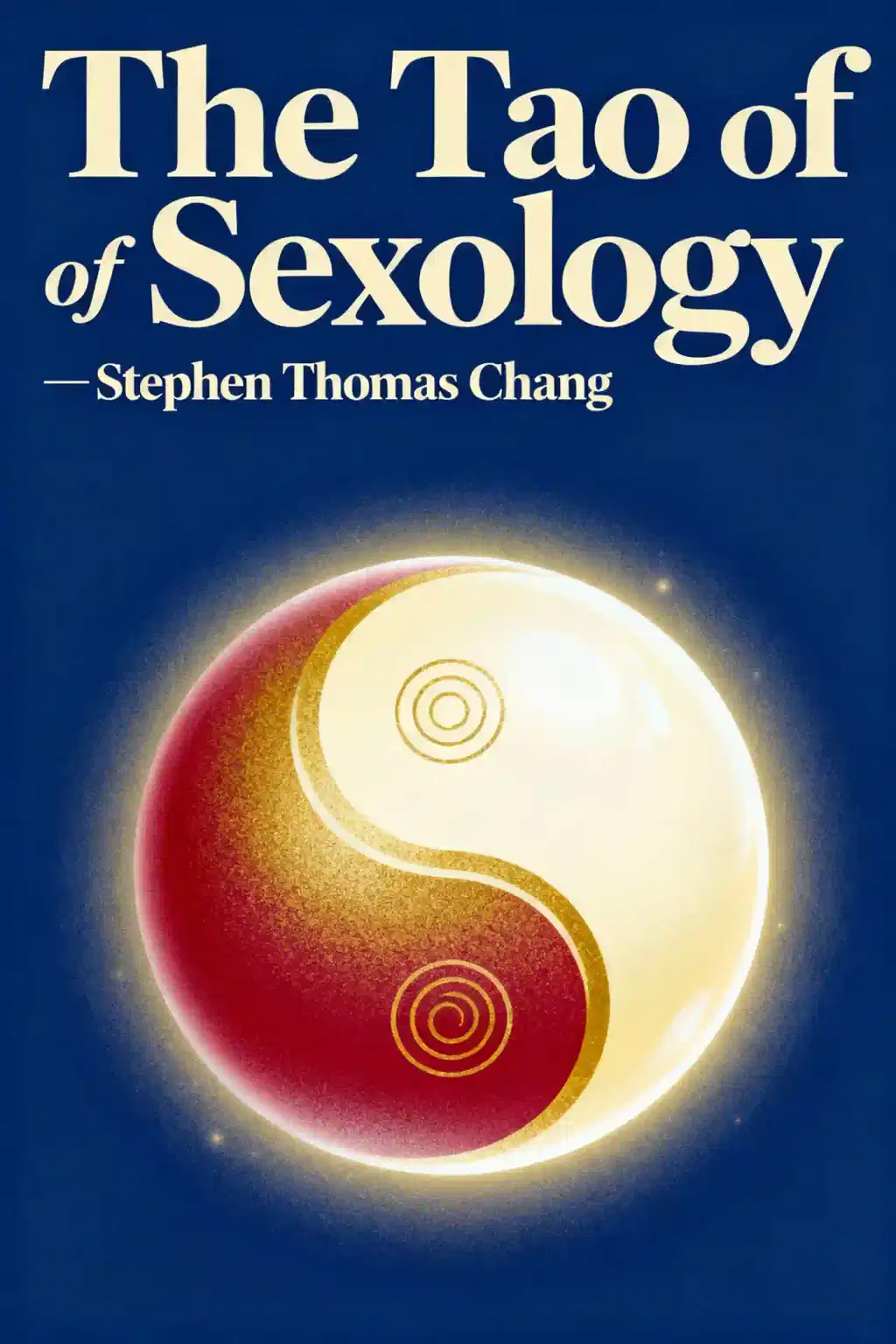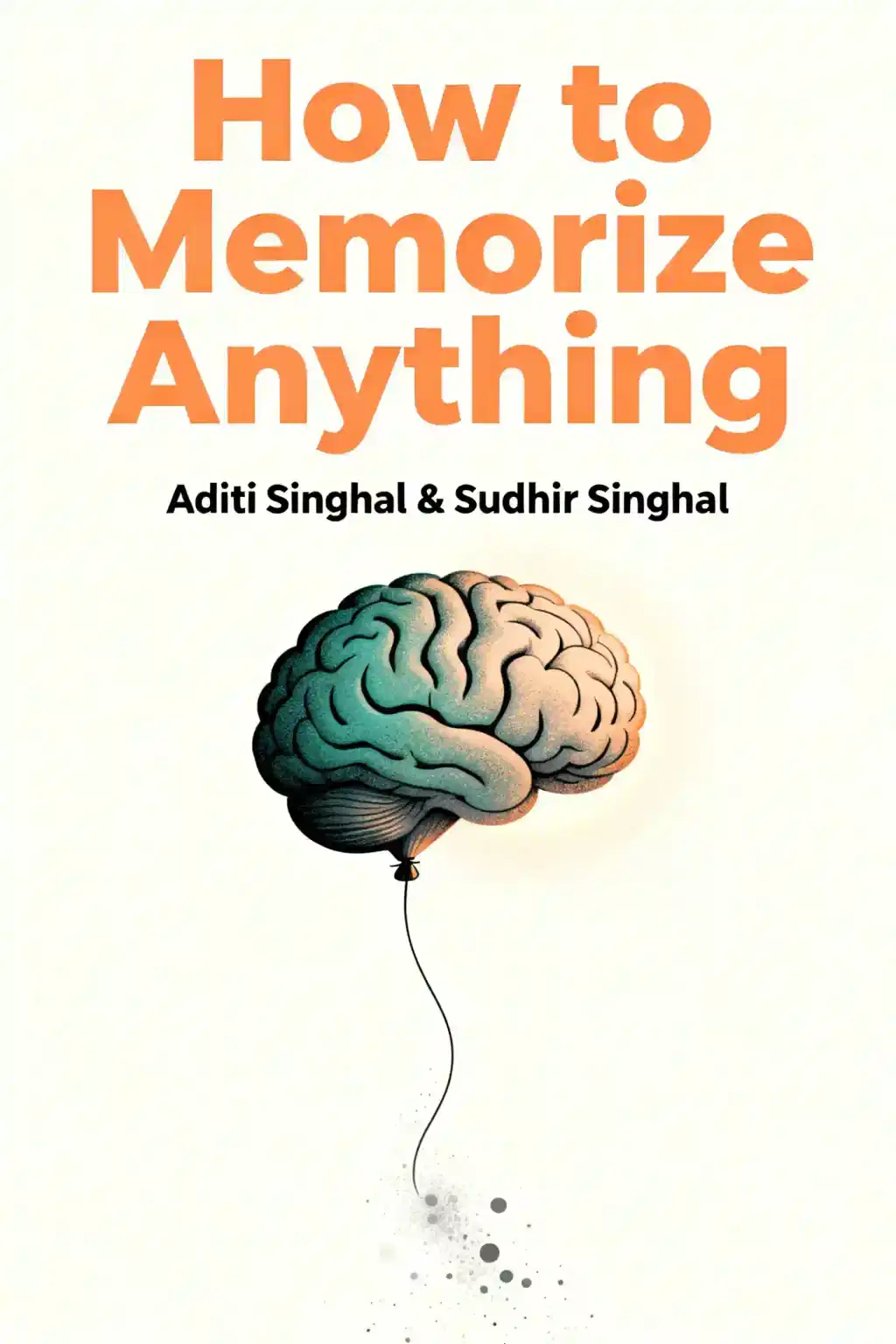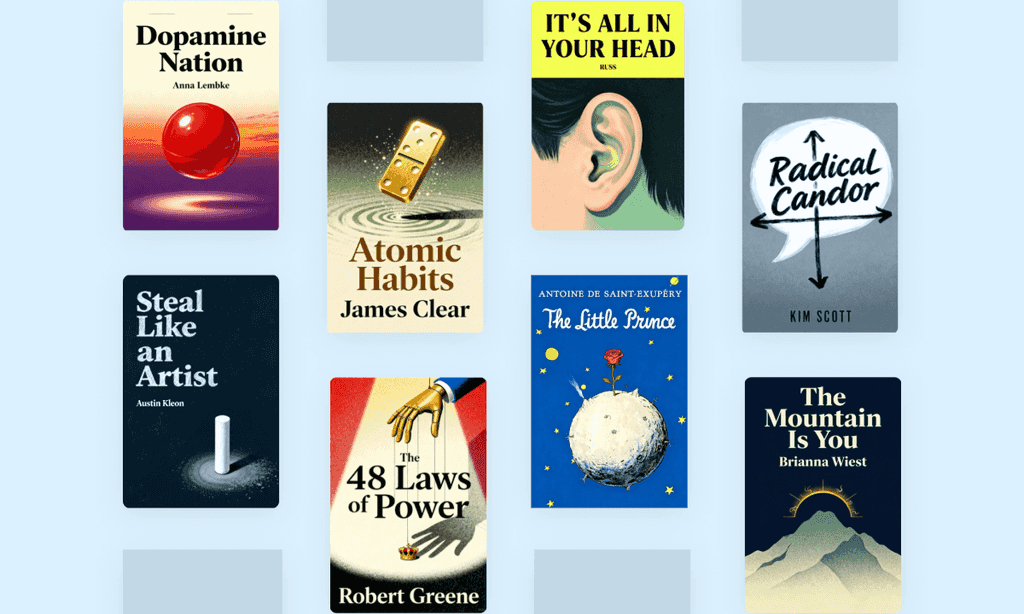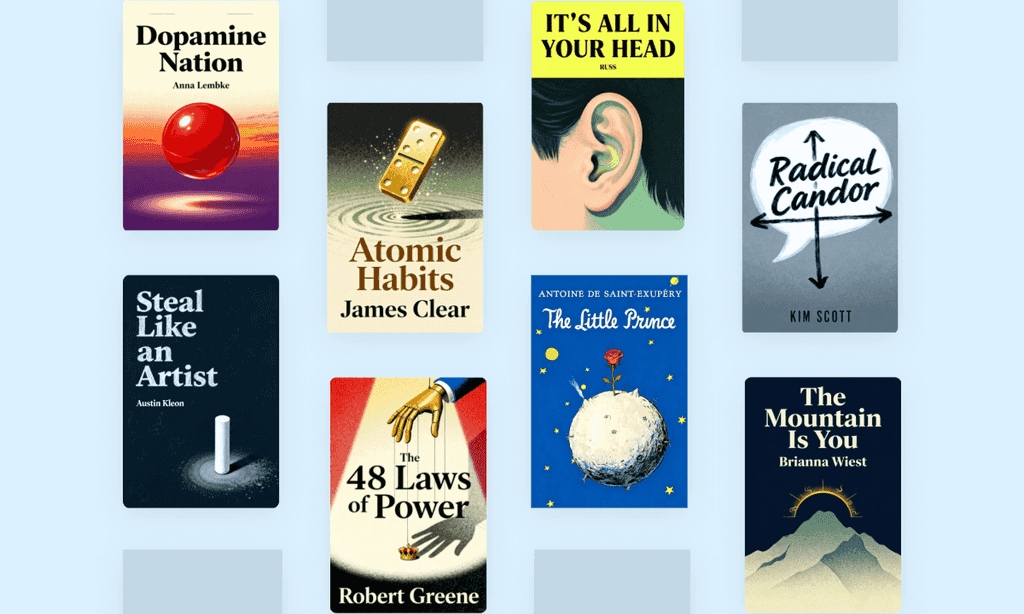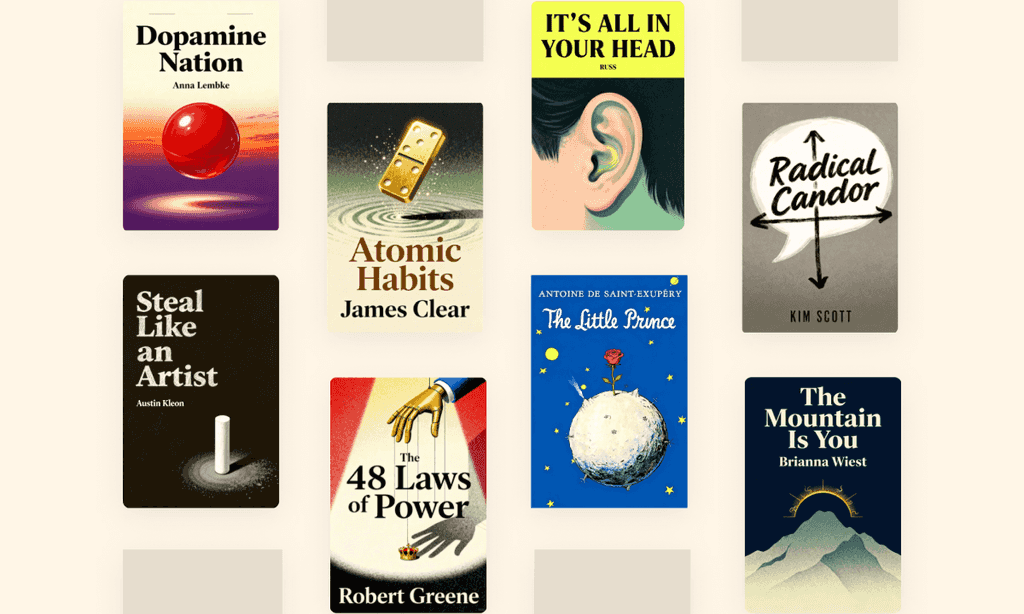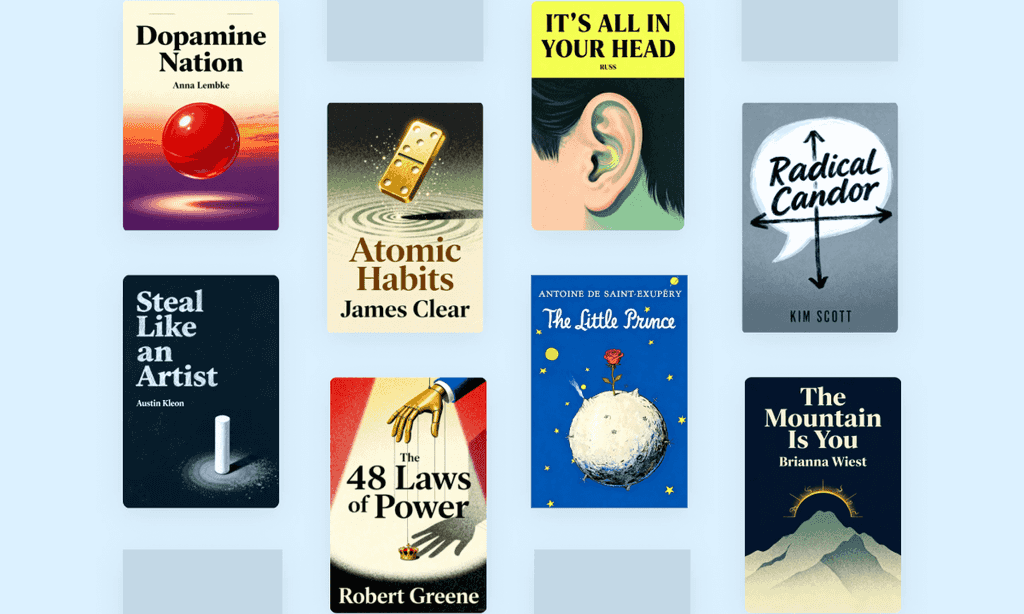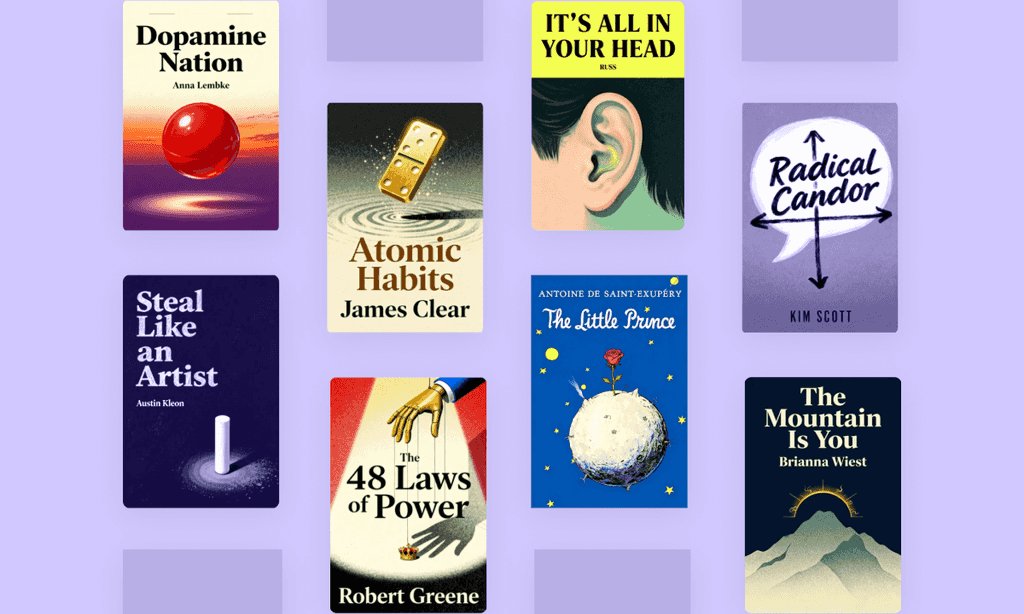
The Ramayana by R.K. Narayan Summary
R.K. Narayan's "The Ramayana" distills Hinduism's 24,000-verse epic into accessible brilliance. Praised by Salman Rushdie as "world stature" literature, this adaptation bridges ancient wisdom with modern storytelling. How did one man transform India's most sacred mythology into a global literary phenomenon?
About the author
Rasipuram Krishnaswami Ayyar Narayanaswami (1906–2001), known as R.K. Narayan, was one of India's most celebrated authors of English literature.
He is also the creator of The Ramayana, a masterful condensed prose retelling of the ancient Hindu epic. Working from the Tamil version by Kamban, Narayan spent five years crafting this accessible translation, fulfilling a promise made to his dying uncle in 1938. His expertise in bridging Indian mythology with Western readership made him uniquely suited to adapt complex Sanskrit epics for global audiences.
Beyond this mythological work, Narayan is renowned for creating the fictional South Indian town of Malgudi, the setting for beloved novels including The Guide, which won the Sahitya Akademi Award, Swami and Friends, and the short story collection Malgudi Days. He also published a condensed translation of The Mahabharata in 1978.
Narayan received India's highest civilian honors, including the Padma Bhushan and Padma Vibhushan, and his works have been translated into numerous languages, establishing him as a pioneering voice in postcolonial Indian literature.
FAQs About This Book
The Ramayana by R.K. Narayan is a shortened modern prose retelling of the ancient Indian epic about Prince Rama's journey to rescue his wife Sita from the demon king Ravana. This sweeping tale follows Rama's exile from his kingdom, Sita's abduction, and the epic battle involving gods, demons, and the monkey army led by Hanuman that unfolds across ancient India.
R.K. Narayan (1906-2001) was one of India's finest English-language authors, renowned for creating the fictional town of Malgudi. As a master storyteller who won prestigious awards including the Padma Bhushan and Padma Vibhushan, Narayan adapted The Ramayana to make this foundational Hindu text accessible to modern readers worldwide, condensing Kamban's version into engaging prose.
The Ramayana by R.K. Narayan is ideal for readers seeking an accessible introduction to Indian mythology, students of comparative literature, and anyone interested in epic storytelling featuring heroes, deities, and demons. Westerners unfamiliar with Hindu tradition will find Narayan's prose version easier to navigate than traditional verse translations, while offering insights into ancient Indian concepts of honor, duty, and divinity.
The Ramayana by R.K. Narayan is worth reading for its entertaining narrative, vivid descriptions, and compelling characters that make ancient Indian culture accessible. As one of the world's supreme masterpieces of storytelling and the greatest Indian epic, Narayan's prose adaptation brings this culturally significant text to life for modern audiences while preserving its spiritual and moral teachings about dharma and devotion.
The Ramayana follows Prince Rama, who is exiled for 14 years on the eve of his coronation due to his stepmother Kaikeyi's scheme to place her own son on the throne. During exile, Rama's devoted wife Sita is kidnapped by the ten-headed demon king Ravana after Rama's brother Lakshmana mutilates Ravana's sister Soorpanaka. Rama forms an alliance with Hanuman and the monkey army to wage war against Ravana's demon forces in Lanka, ultimately rescuing Sita.
The Ramayana features Rama, the righteous prince and avatar of Vishnu; Sita, his faithful wife; Lakshmana, Rama's devoted brother; and Ravana, the powerful ten-headed demon king of Lanka. Supporting characters include Hanuman, the loyal monkey warrior who lifts Rama on his shoulders during battle; Vibishana, Ravana's youngest brother who defects to Rama's side; and Kaikeyi, the scheming stepmother who exiles Rama.
Hanuman serves as Rama's most devoted ally and powerful warrior in The Ramayana, demonstrating unwavering loyalty throughout the battle against Ravana. Hanuman declares that Vibishana has a good heart when Ravana's brother seeks refuge with Rama, and physically carries Rama on his shoulders during the climactic battle where they break Ravana's crown. His strength, wisdom, and dedication make him instrumental in Rama's victory and Sita's rescue.
The Ramayana by R.K. Narayan explores dharma (righteous duty) through Rama's acceptance of exile to honor his father's promise, even sacrificing his coronation. The epic emphasizes that dharma requires personal sacrifice, as Rama chooses duty over desire while his brother Bharatha places Rama's sandals on the throne as a symbol of the true ruler. These concepts of honor, loyalty, and moral obligation reflect ancient Indian values that continue resonating with modern readers.
The Ramayana culminates in an epic sky battle where Rama, riding in Indra's divine chariot driven by Matali, circles the world several times fighting Ravana. Despite Ravana's supernatural weapons and many arms shooting arrows, Rama destroys every attack through meditation and divine weapons before finally sending a weapon through Ravana's heart, killing him. After landing, Rama worries about a scar on Ravana's back suggesting dishonorable combat, but Vibishana explains the scar is old, confirming Rama's victory was righteous.
The Ramayana by R.K. Narayan explores themes of honor, duty, love, and the battle between good and evil in a universe populated by gods and demons. The epic examines concepts of divinity through Rama as Vishnu's avatar, romance through Rama and Sita's devotion, and the consequences of desire and pride embodied by Ravana's downfall. Additionally, the text reflects patriarchal values and gender roles prevalent in ancient Indian culture.
R.K. Narayan's The Ramayana is a shortened modern prose version based primarily on Kamban's Tamil adaptation, making it more accessible than traditional verse translations. Narayan's straightforward prose style, vivid storytelling, and focus on narrative flow help Western readers unfamiliar with Hindu tradition engage with the epic more easily. His retelling condenses the extensive original while preserving the essential spiritual journey and cultural significance that make The Ramayana familiar to virtually every Indian.
Ravana, the ten-headed demon king of Lanka, represents the destructive power of unchecked desire and pride in The Ramayana by R.K. Narayan. Despite his brothers and commanders warning that kidnapping Sita was wrong, Ravana refuses to return her and banishes his wise brother Vibishana who counsels surrender. His downfall illustrates how even powerful beings fall when they violate dharma, as his obsessive desire for Sita leads to his death and his kingdom's destruction.
Quick Summary Mode - Read or listen to The Ramayana Summary in 9 Minutes
Break down key ideas from The Ramayana into bite-sized takeaways to understand how innovative teams create, collaborate, and grow.
Flash Card Mode - Top 10 Insights from The Ramayana in a Nutshell
Distill The Ramayana into rapid-fire memory cues that highlight Pixar’s principles of candor, teamwork, and creative resilience.

Fun Mode - The Ramayana Lessons Told Through 23-Min Stories
Experience The Ramayana through vivid storytelling that turns Pixar’s innovation lessons into moments you’ll remember and apply.
Personalize Mode - Read or listen to The Ramayana Summary in 0 Minutes
Ask anything, pick the voice, and co-create insights that truly resonate with you.

From Columbia University alumni built in San Francisco
See More Stories?

Get the The Ramayana summary as a free PDF or EPUB. Print it or read offline anytime.











